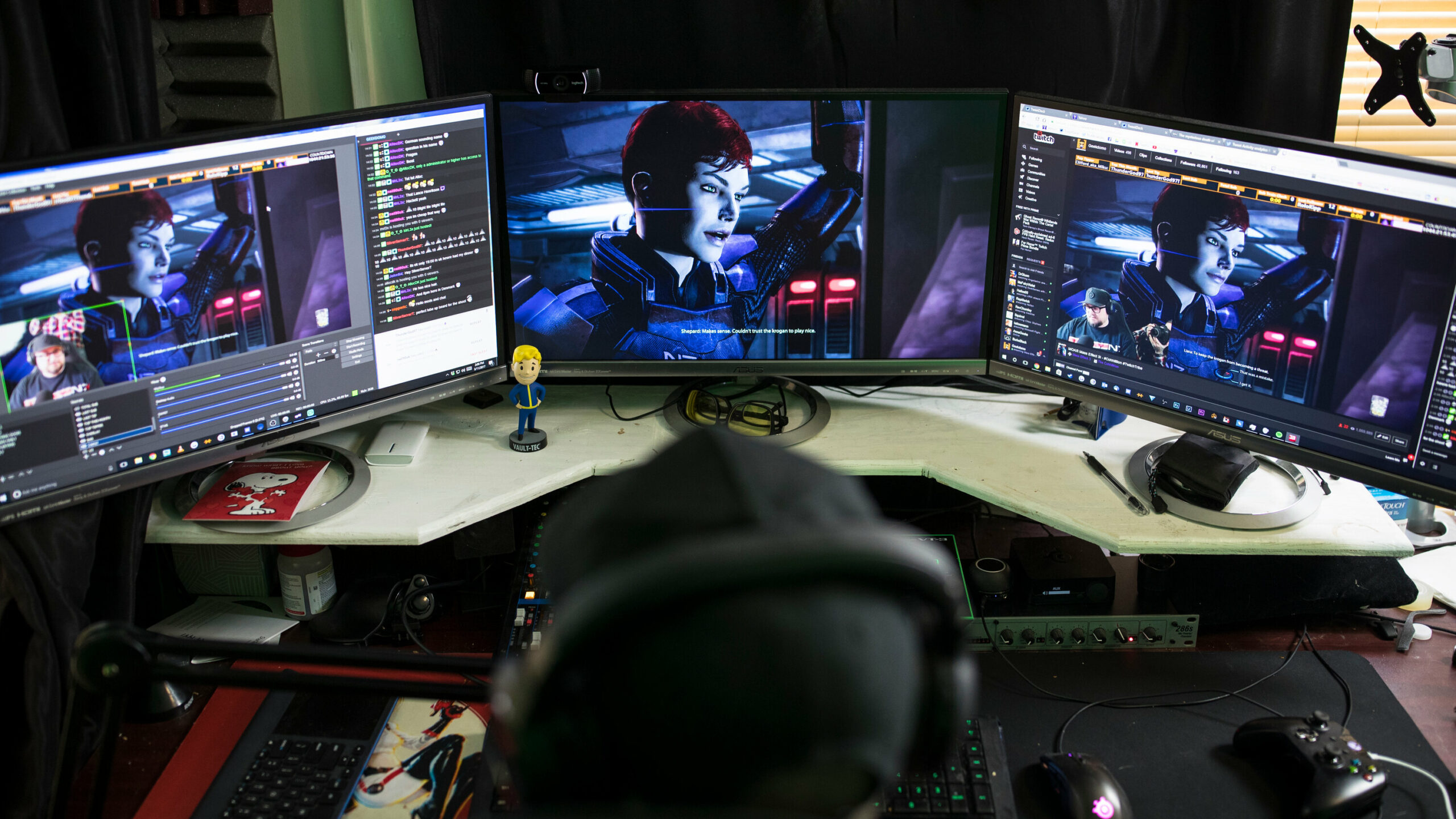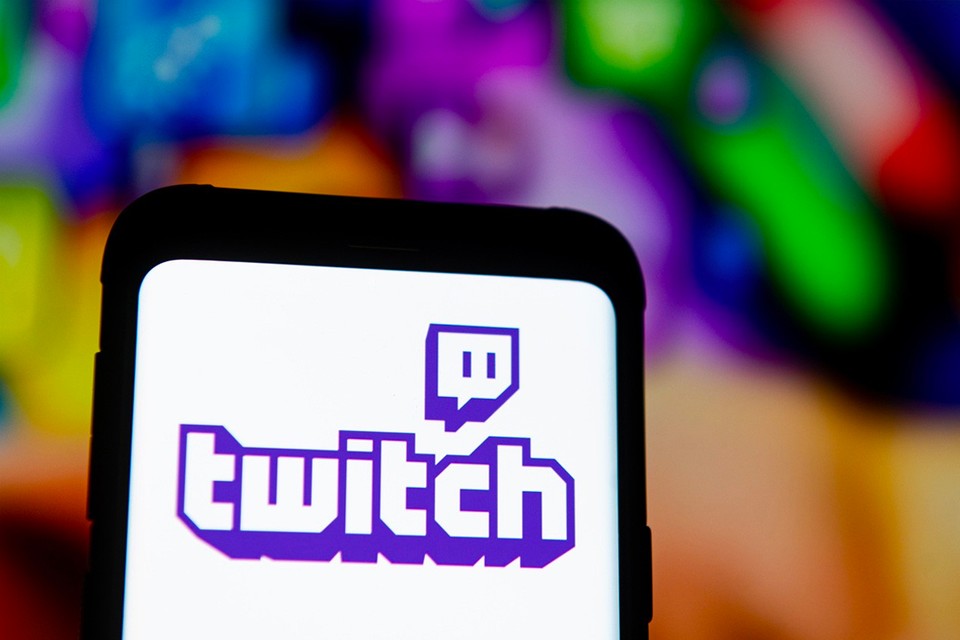Twitch Is Planning To Reduce Subscription Revenue For Some Of Its Most Popular Streamers.
Twitch wants to get rid of the different ways that streamers and Twitch share revenue. This will change the financial situation for top producers, who used to be able to keep more of the money they made from paid subscriptions on the platform.
Twitch‘s president, Dan Clancy, wrote in a blog post on Wednesday that while the “great majority” of broadcasters receive a 50/50 revenue split from paid subscriptions, some creators in the past have received better 70/30 subscription arrangements. Twitch offers subscribers a means to support their preferred streamers while also getting exclusive access and benefits. Subscriptions to Twitch start at $4.99 per month.

Clancy stated, “Such transactions are common knowledge among the streamer community, but this isn’t anything we’ve talked about publicly. It appears that Twitch didn’t really have strict guidelines defining who received the better income split. Clancy claims that the corporation stopped adding new streamers to the sweetheart arrangement more than a year ago, but those who had better terms were allowed to keep them for the time being.
According to a Bloomberg story from April, Twitch was looking into methods to increase revenue by modifying the revenue-sharing contracts with its top streamers. Twitch reported that more than 22,000 streamers had asked the service to switch all creators to the 70/30 subscription split on its feedback forum, but that the reverse would take place.
We identified a few issues when we thought back on how we handled these premium deals, Clancy wrote. “In the beginning, we hadn’t been upfront about the existence of such transactions. Second, our qualification standards were inconsistent, and they frequently chose larger streamers. Last but not least, we don’t think it’s fair for people with normal contracts to get different revenue percentages depending on the size of the streamer.

Although modifying the conditions outright would disproportionately affect those core Twitch streamers who helped develop the site into what it is today, Clancy asserts that in a perfect world, “all streamers would be on the same set of terms regardless of size.”
Twitch has decided to allow premium deal holders to keep 70% of their first $100,000 as a temporary fix. After that, they will revert back to the 50/50 share of non-premium revenue. After June 2023, the modifications will be put into effect, but only when a specific streamer’s contract is up for renewal.
We wanted to make sure the impact on people who were impacted was as small as possible, Clancy said, so we offered them an alternative opportunity to make money in addition to providing them with plenty of time before the contract came into force.
This substitute is Twitch’s ad revenue system. The business said in June that it would switch from a set payment structure per 1,000 ad impressions to a “percentage-based revenue share model,” which pays streamers 55% of the income for each advertisement they air. According to Twitch, the new ad payouts will ultimately result in most streamers receiving 50% to 150% more money for the advertisements they include during their streams. The change will not only affect Twitch Partners, the firm said at the time; streamers in Twitch’s lower tier Affiliate programme will also be offered the 55%.
In our latest blog post, we tackle a topic that's been at the forefront of the community for some time – the rev split.
We also provide a related update around monetization for a subset of Partners.
Read here: https://t.co/zP6xcCtJAQ pic.twitter.com/KAwOMDIkmm
— Twitch (@Twitch) September 21, 2022
Twitch Partners, the creator tier that grants access to the whole set of monetization tools on the site, is no longer required to meet exclusivity restrictions as of August. Because of the change, top creators can now earn money on both YouTube and competing platforms, though they are still unable to simulcast entire feeds to most social media platforms. Even though YouTube’s 70/30 subscription revenue split will look more appealing as a result of the changes, the change could help Twitch keep its best creators on the platform, especially since its revenue scheme is about to get better.
If everything sounds legal, it might not be as straightforward as it seems. Even with the changes to ad revenue, Twitch still left some areas for wiggle room to negotiate with top streamers who are unlikely to be happy with eventually seeing their subscription revenue decline by 20%.
“It’s a fact of our business that we will occasionally still negotiate special deals on a case-by-case basis,” according to Clancy. However, we have been lowering the frequency of these trades as well as their overall worth.

